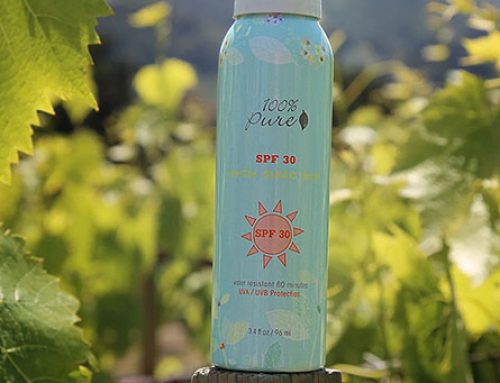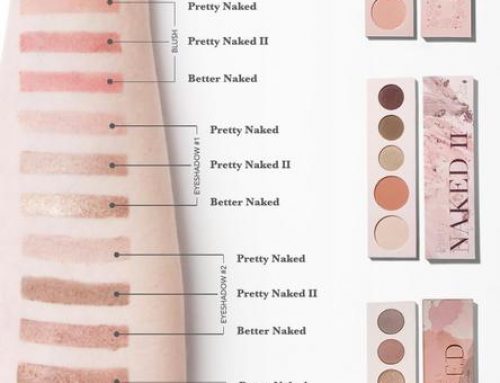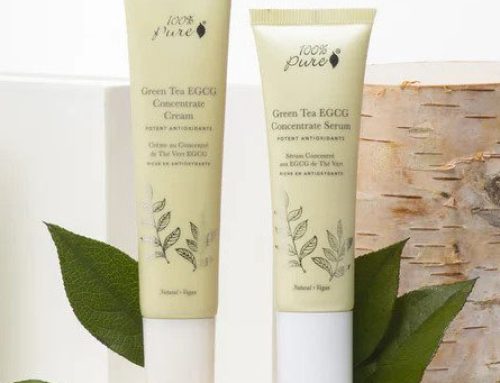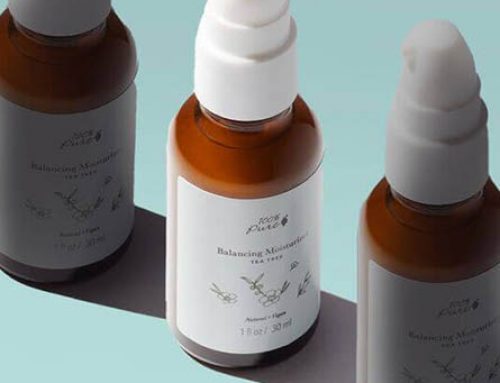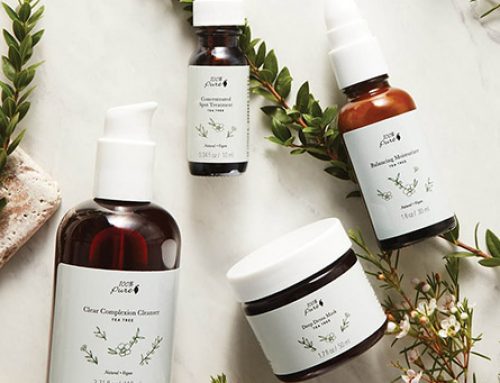How to Choose Chemical Free Makeup
We’re highlighting which chemicals to avoid in cosmetics, and what to use instead.
Conventional beauty products are chock full of toxic chemicals that can build up in your body over time and ultimately wreak havoc on your hormones, digestion, and skin-health – not exactly a good tradeoff for a short term beauty fix. Chemical free makeup should be the norm, and not the other way around! In order to make smart beauty decisions that show love to your skin, body, and the environment, doing your homework about ingredients is step one. That said, our mandate at 100% PURE is to swap out the toxic stuff for natural alternatives that are sustainable to produce, non toxic and synthetic free, and safe to use over a long period of time. Here we’ve rounded up a list of chemicals you should be avoiding (and checking for on ingredient lists, because this stuff is not advertised on the front of labels) and the alternatives we use in some of our cult fave products. Chemical free makeup performs just as well, and we’d argue even better because it provides additional nourishment for your skin! With smart swaps, you can have your vegan cake and eat it too.
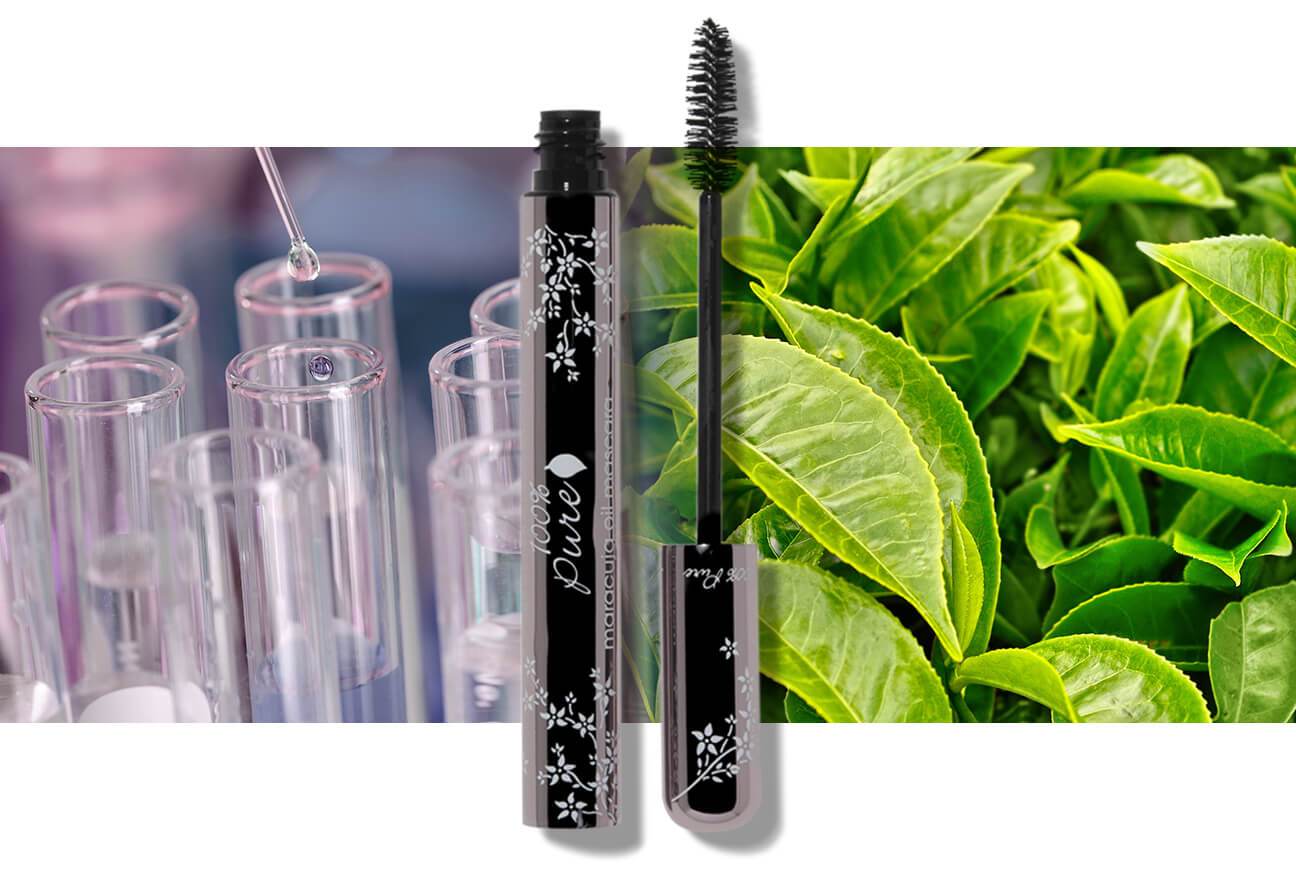
Avoid Toxic Preservatives
There are a number of toxic preservatives – used to extend the shelf life of products and prevent the growth of harmful bacteria and mold – commonly found in conventional cosmetics. While preserving organic formulas is a necessity (we get that you don’t want your face mask growing mold), we’ve managed to find natural alternatives to these toxic preservatives to formulate our chemical free makeup, because some of the health concerns surrounding them are seriously scary.
Parabens are a practically ubiquitous preservative found in conventional cosmetics, usually labeled methyl-, ethyl-, propyl-, isopropyl-, butyl-, or isobutylparabens. Research around their health effects have revealed them to be endocrine disruptors, meaning that over time, they disrupt the normal functioning of hormones, potentially leading to conditions like adult onset acne, issues with menstruation and mood, and more serious hormonally related cancers. Their estrogen-mimicking properties can cause either overproduction or underproduction of estrogen, and because they’re absorbed through the skin and can remain in your body for long periods of time due to their fat-soluble nature, they accumulate internally with extended use. What this means is that the longer you use parabens, the more at risk you are. This all said, we’ve nixed them from our ingredient list in favor of a natural alternative (more on this in a second).
The preservative watchlist doesn’t end with parabens. We’ve also nixed BHA (Butylated Hydroxyanisole) and BHT (Butylated Hydroxytoluene), two petroleum derived synthetic antioxidants that are used to produce a plastic or elastic consistency in cosmetics, and to maintain the color and appearance in a formula over time. These two offenders are typically present in lipsticks (also in eyeshadow, blush and a host of other cosmetics), in spite of the fact that they’re known allergens which often cause allergic contact dermatitis when used by individuals with sensitive skin. What’s more, research has concluded that long-term exposure to BHA and BHT at high doses can be toxic, and they are still being evaluated as possible humancarcinogens by the National Toxicology Program 2016 report on carcinogens. Good thing we’ve opted out of using them for our chemical free makeup.
What else is on the preservative out list? Formaldehyde is a colorless, strong-smelling gas used in a wide range of industries and products including building materials, walls, cabinets, furniture and personal care products. It’s found in a wide variety of cosmetics, ranging from hair relaxing treatments (the infamous brazilian blowout) to nail polishes, to hair gels, to deodorants. It’s used for its properties as a preservative – it keeps products free from contaminants and bacteria – but its side effects include skin irritation, scalp burns, hair loss, and irritation to eyes, nose and throat. With this in mind, we steer clear of the toxic stuff.
Natural Preservatives in Chemical Free Makeup
So with all of these preservatives definitely on the cosmetic blacklist, what’s a natural beauty company to do? At 100% PURE, we use Japanese honeysuckle as an antimicrobial preservative. Using either a steam distillation or alcohol extraction procedure, Japanese honeysuckle can be converted into phytochemicals with strong antimicrobial and antibacterial features. Once converted, Japanese honeysuckle functions as a naturally derived preservative that effectively keeps bacteria and mold out of our makeup and skin care products, without compromising long term and internal health. It’s a body-loving alternative that’s allowed us to circumvent toxins while maintaining the integrity and shelf life of our cosmetics. In products like our Long Lasting Liquid Eyeliner, our formula features Japanese honeysuckle extracts in order to keep the richly pigmented liquid liner long lasting, richly textured and with an ultra smooth application. Plus, this must have eyeliner is formulated with black tea leaves instead of synthetic dyes, so its rich hue keeps your peepers dark and romantic, not dried out and damaged.
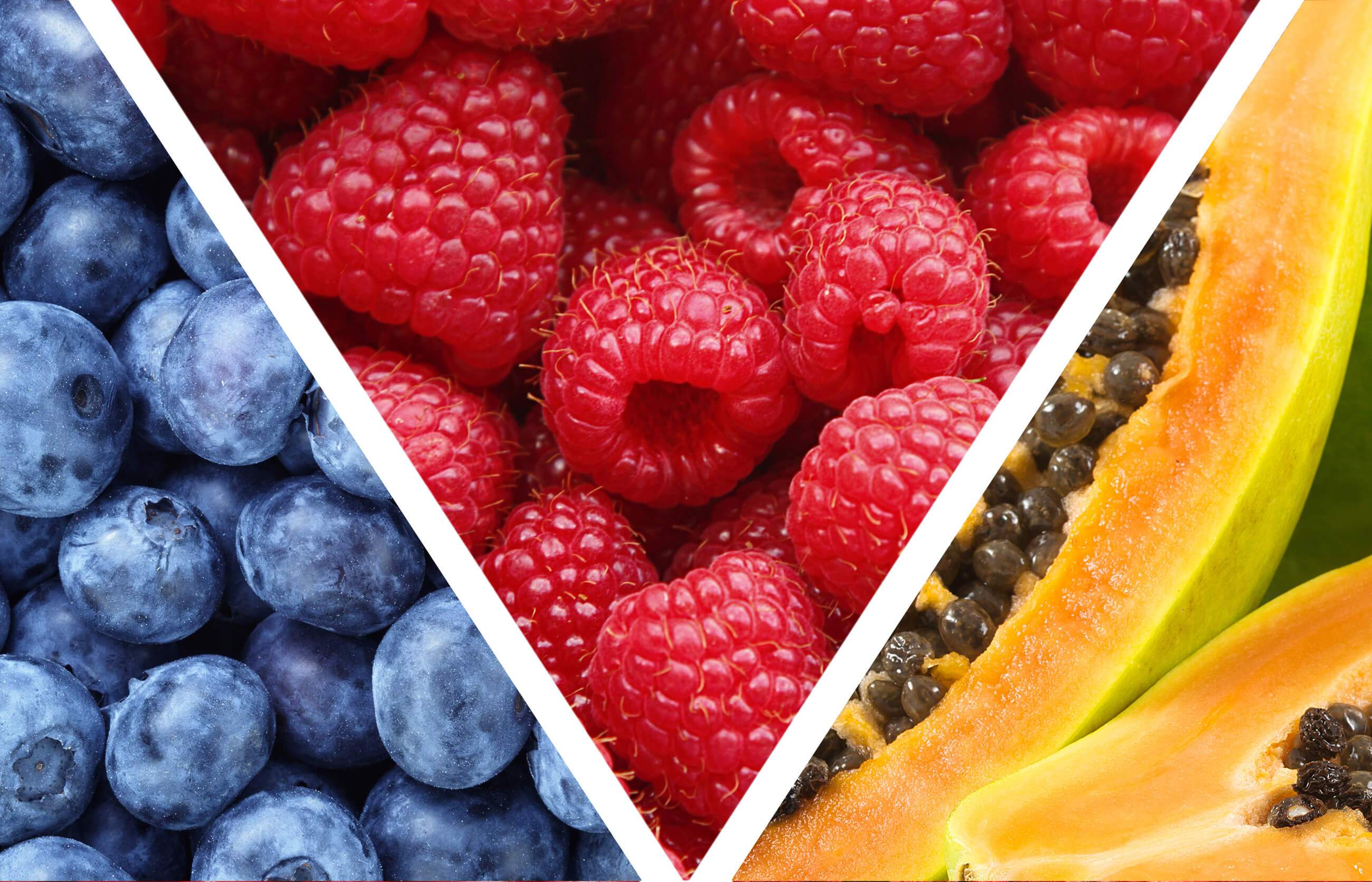
Say No to Synthetic Dyes
This brings us to the next offender on the toxin list: synthetic dyes. Conventional cosmetics are typically formulated with non-naturally occurring dyes derived from petroleum and coal tar sources. They’re known human carcinogens at high levels of exposure, are skin irritants, and are linked to ADHD in children. Additionally, these synthetic colors are known to be contaminated with low levels of heavy metals and aluminum compounds that are known toxins to humans. Canada’s Cosmetic Regulations prohibit the majority of coal tar based synthetic colors in eye makeup and other products used in the eye area, but these synthetic colorants are still largely used in other cosmetics, and in other countries.
Natural Fruit Pigments for Chemical Free Makeup
We steer clear of tar and petroleum based dyes in our mascaras – our much loved Maracuja Mascara is pigmented from berries, cocoa, and coffee beans, for a sultry dark hue sans damage. It’s a lash-volumizing and growth-encouraging formula that moisturizes with vitamin E and maracuja oil, and keeps your lashes healthy, richly hued, and high drama.
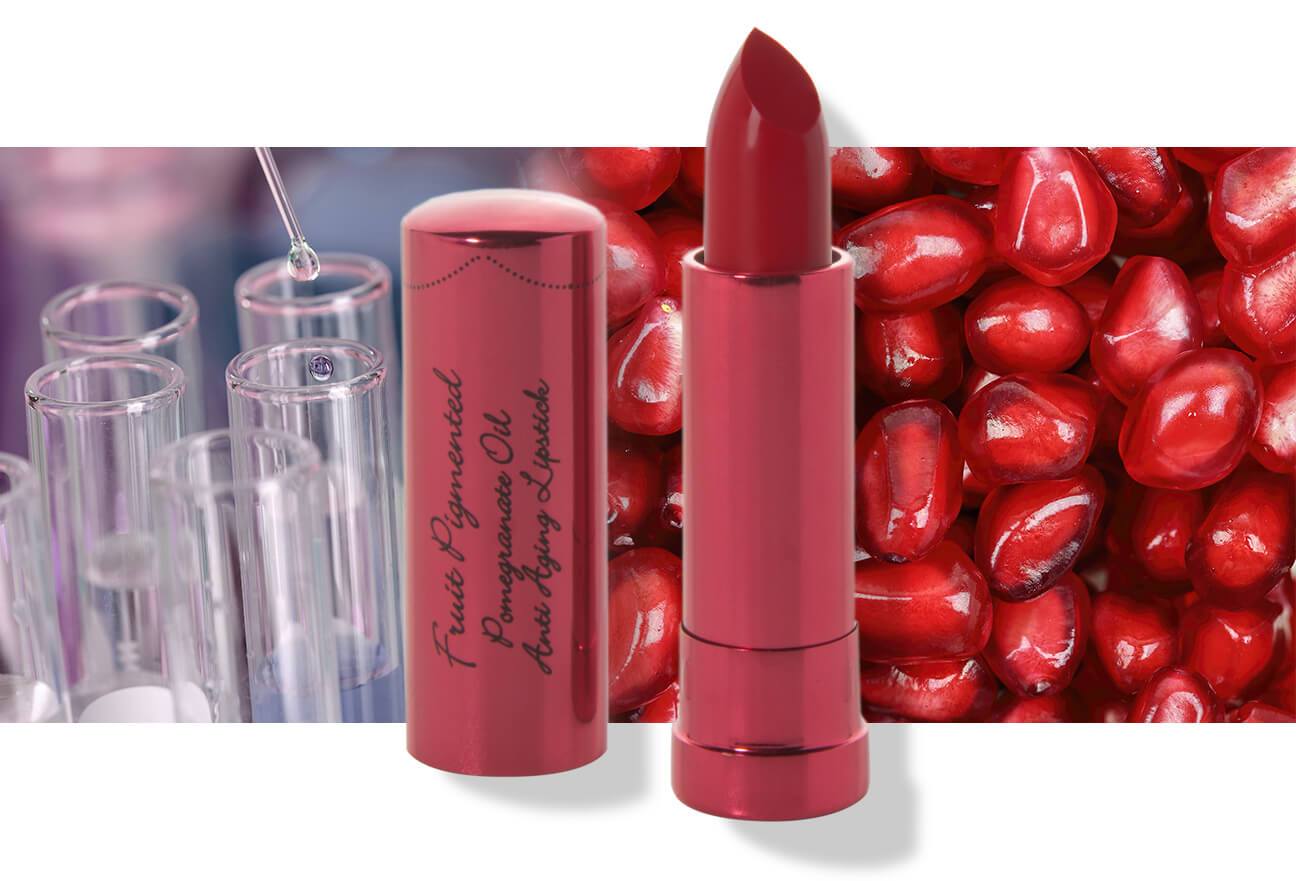
All this said, we’ve obviously nixed these toxins from our formulas, and instead use antioxidant rich fruit and plant pigments to provide rich color to our lipsticks and mascaras. Our Fruit Pigmented® Pomegranate Oil Anti Aging lipstick comes in a super wide range of bright hues – we’ve crafted our line of colors from an array of fruits and berries – think cherry, cabaret grapes, blackberry, apricot, and cacao pigments (plus more). Not only are we able to mix a nearly unlimited array of gorgeous colors using entirely plant-based ingredients, in using natural pigments we effectively enhance our formulas with a powerful antioxidant kick (which prevents environmental damage to fragile skin and encourages healthy skin cell production). Win win.
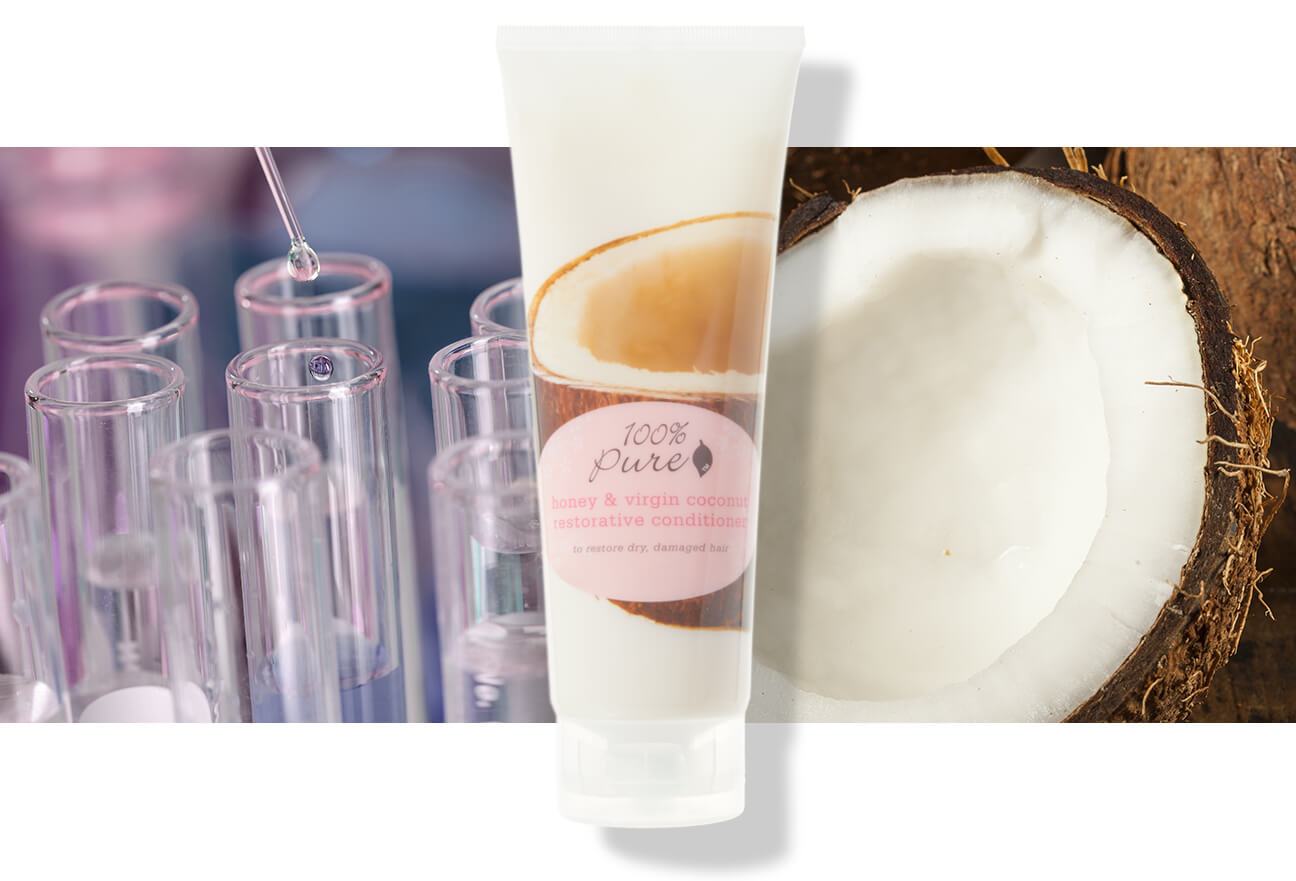
Harsh Detergents
Products that promise to cleanse your dermis and remove oil and excess sebum are often full of harsh and irritating detergents, typically under the name of sodium lauryl sulfate and sodium laureth sulfate. Derived from petroleum, these ingredients are often contaminated with pesticides and can lead to skin rash and worsening of conditions like acne and eczema – plus it’s a red flag that they’re the number one ingredient in industrial cleaning agents like engine degreaser. Instead of these stripping detergents, we use saponified coconut oil – a cleansing lipid derived from coconut oil that works into a lather like conventional “soap,” sans the stripping effects. Our ultra foaming Coconut Shower Gel works into a rich lather thanks to saponified coconut oil, plus the formula incorporates rose hydrosol to replenish essentially fatty acids, and organic aloe leaf juice to soothe inflammation. Same goes for our all natural shampoos – our Honey & Virgin Coconut Shampoo effectively dissolves past products and oil buildup on the scalp with a formula of saponified coconut oil, honey (a natural antimicrobial ingredient) and rose hydrosol (hello hydration). Both are must-have basics for everyday body and hair care that won’t cause damage or irritation.
Synthetic Plasticizers
A key ingredient in most conventional nail polishes is dibutyl phthalate – phthalates are a diverse group of materials that endow plastics with their signature flexible quality. They’re found in everything from toys to vinyl flooring, cleaning products, lubricating oils, food packaging – and they’re almost universally found in nail care products. In nail products, dibutyl phthalate is used as a solvent for dyes and a plasticizer for texture. It’s absorbed through the skin, which is alarming, given that laboratory tests have shown it to cause developmental defects, changes in the testes and prostate, and reduced sperm counts. As much as we like a dazzling set of varnished nails, somehow these adverse health effects don’t seem like risks we’re willing to take. That said, we never include dibutyl phthalate in our Creamy Nail Polishes – they’re formulated sans phthalates and sans formaldehyde, because we believe that a manipedi shouldn’t be poisonous (call us crazy).
The takeaway? If you still want to enjoy wearing makeup without the adverse health effects, swaps to chemical free makeup are key! Keep the above blacklisted ingredients in mind when you’re thinking about the kinds of things you want to be applying to your skin. Regarding cosmetics and personal care products that can be absorbed into our bodies, it’s safest to stay chemical free as much as possible! Still itching to learn more about chemical free makeup? Read about asbestos in makeup and how we provide nourishing natural alternatives instead.

